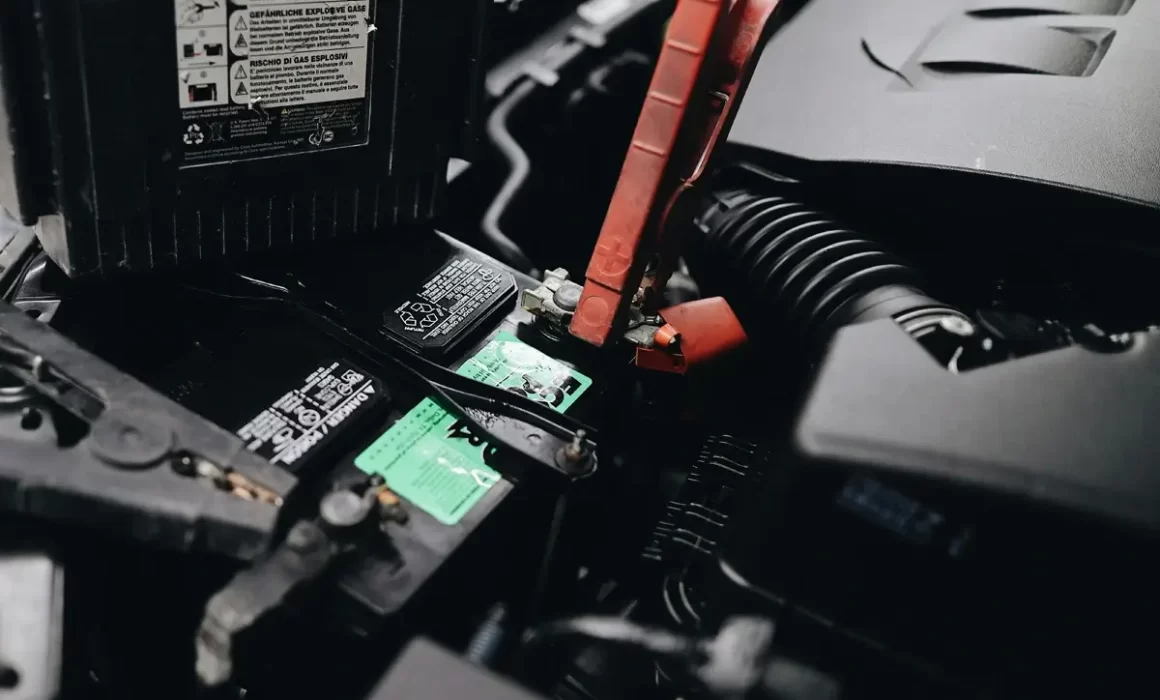How to Charge a Golf Cart Battery: A Step-by-Step Guide
Golf cart batteries are the lifeblood of your vehicle, providing the power needed to cruise around the course or your neighborhood. But like any battery-powered device, they eventually need recharging. In this guide, we’ll walk you through the simple steps to charge your golf cart battery safely and efficiently.
Check Your Battery Type Before Trying to Charge Your Golf Cart Battery
Before you begin charging, it’s essential to know what type of battery your golf cart uses. Most golf carts use either lead-acid or lithium-ion batteries, each requiring different charging methods. Consult your owner’s manual or contact the manufacturer to determine the type of battery in your cart.
Gather Your Equipment
To charge your golf cart battery, you’ll need a few essential items:
- Battery charger compatible with your battery type
- Safety goggles and gloves
- Clean, lint-free cloth
- Distilled water (for lead-acid batteries)
Make sure your battery charger is in good working condition and free from any damage before proceeding.
Park Your Golf Cart in a Well-Ventilated Area
Choose a well-ventilated location to charge your golf cart battery, preferably outdoors or in a garage with the door open. Charging batteries emit hydrogen gas, which can be hazardous if not properly ventilated. Ensure the area is free from any flammable materials and keep it away from open flames or sparks.
Turn Off Your Golf Cart
Before connecting the charger, turn off your golf cart and remove the key from the ignition. This prevents any accidental starting of the vehicle during the charging process and ensures your safety.
Connect the Charger
Locate the charging port on your golf cart and connect the charger accordingly. Follow the manufacturer’s instructions for proper connection, ensuring a secure fit. Avoid twisting or forcing the connectors to prevent damage.
Set the Charging Parameters
Depending on your battery type and charger model, you may need to adjust the charging parameters such as voltage and current. Refer to the charger’s manual for guidance on the appropriate settings for your battery to avoid overcharging or undercharging.
Monitor the Charging Process
Once the charger is connected and set up, monitor the charging process closely. Keep an eye on the charger’s display or indicators to track the progress. If you notice any unusual sounds, smells, or excessive heat, immediately disconnect the charger and inspect the battery for any signs of damage.
Disconnect and Store the Charger
Once the battery is fully charged, carefully disconnect the charger from the charging port and power source. Store the charger in a dry, secure location away from moisture and extreme temperatures.
Perform Regular Maintenance
To prolong the life of your golf cart battery, perform regular golf cart maintenance tasks such as checking the water level (for lead-acid batteries), cleaning the terminals, and inspecting for any signs of corrosion or damage.
By following these simple steps, you can ensure your golf cart battery stays charged and ready for action whenever you hit the green. Remember to always prioritize safety and consult your manufacturer’s guidelines for specific charging instructions. With proper care and maintenance, your golf cart battery will provide reliable performance for years to come.
FAQs – How to Charge a Golf Cart Battery
1. How do I know what type of battery my golf cart has?
Most golf carts use either lead-acid or lithium-ion batteries. Check your owner’s manual or contact the manufacturer to confirm your battery type before charging. Using the wrong charging method can damage your battery.
2. What equipment do I need to safely charge a golf cart battery?
Essential items include a battery charger compatible with your battery type, safety goggles, gloves, a clean cloth, and distilled water for lead-acid batteries. Always inspect your charger for damage before use.
3. Where is the best place to charge a golf cart battery?
Charge your golf cart in a well-ventilated area, preferably outdoors or in a garage with open doors. Avoid flammable materials and keep the battery away from sparks or open flames due to hydrogen gas emissions.
4. Should I turn off my golf cart before charging?
Yes. Always turn off the golf cart and remove the key from the ignition. This prevents accidental starting and ensures safety during charging.
5. How do I properly connect the charger to a golf cart battery?
Locate the charging port and follow the manufacturer’s instructions for secure connection. Avoid forcing the connectors to prevent damage. Ensure the charger settings match your battery type.
6. Can I overcharge my golf cart battery?
Yes. Overcharging can reduce battery life or cause damage. Monitor the charging process carefully and follow the charger and battery manufacturer’s recommended voltage and current settings.
7. How long does it take to charge a golf cart battery?
Charging time varies based on battery type, size, and charger specifications. Lead-acid batteries typically take 6–12 hours, while lithium-ion batteries may charge faster. Always check the charger display and manufacturer guidelines.
8. How do I maintain my golf cart battery for long-term performance?
Regular maintenance includes checking water levels in lead-acid batteries, cleaning terminals, inspecting for corrosion, and performing routine inspections. Proper care prolongs battery life and ensures reliable performance.
9. Is it safe to leave a golf cart battery on the charger overnight?
Many modern chargers have automatic shutoff features that make overnight charging safe. However, always monitor the battery occasionally and follow manufacturer recommendations to avoid overcharging risks.
10. What should I do if my golf cart battery overheats while charging?
If the battery becomes excessively hot, emits a strong odor, or shows signs of swelling or damage, immediately disconnect the charger and inspect the battery. Overheating may indicate a faulty battery or charger.

